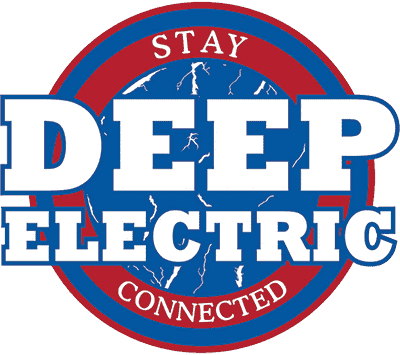Tips for Troubleshooting Electrical Problems Efficiently
Dealing with electrical problems can be daunting, especially if you don’t have much experience. However, with some basic knowledge and a few tips, you can troubleshoot common issues efficiently. Here’s a guide to help you handle electrical problems safely and effectively.
1. Safety First
Before you start any electrical troubleshooting, prioritize safety. Always turn off the power to the area you’re working on. Use a voltage tester to ensure that the power is off before touching any wires. Safety is crucial, so never skip this step.
2. Understand Common Electrical Issues
Familiarize yourself with common electrical problems. These can include flickering lights, tripped circuit breakers, and outlets not working. Knowing these issues helps in identifying and solving them quickly.
3. Check the Circuit Breaker
One of the first things to do is check the circuit breaker. If a breaker has tripped, reset it by switching it off and then on again. If it trips again, there might be a bigger issue. You might need to call a repair electrician for further investigation.
4. Inspect Outlets and Switches
Faulty outlets and switches are common problems. Inspect them for signs of damage, such as scorch marks or a loose fit. If an outlet isn’t working, it could be due to a loose connection or an internal fault. Replacing faulty outlets or switches is often straightforward but should be done with caution.
5. Look for Loose Wires
Loose wires can cause various electrical issues. Turn off the power and check visible wires. Ensure that all connections are tight and secure. Loose connections can lead to short circuits or overheating, so fixing them is essential.
6. Test for Power
Sometimes, the problem might be with the power supply. Use a multimeter or voltage tester to check if there is power reaching the outlet or fixture. If there is no power, the issue could be with the circuit or the breaker.
7. Examine Light Fixtures
If your lights are flickering or not working, check the fixtures. Sometimes, a bulb might be loose or burnt out. For more complex issues, such as flickering that happens frequently, it might be a sign of a wiring problem or a faulty fixture.
8. Check for Overloaded Circuits
Overloading a circuit can cause breakers to trip or outlets to stop working. Ensure that you are not overloading a single circuit by plugging in too many devices. Spread out your electrical load across different circuits to prevent overloads.
9. Review Electrical Panel
Inspect the electrical panel for any signs of issues, like a tripped breaker or burnt components. If you notice anything unusual, it’s best to consult a professional. An electrician can provide an in-depth analysis and make necessary repairs.
Light up your life with Deep Electric!
Get the best electrician repairs” from Deep Electric for top-notch, reliable service when you need it most. Our certified experts use advanced tools and industry-leading techniques to tackle any electrical issue swiftly and effectively. From troubleshooting to complex repairs, we ensure your safety and satisfaction are our top priorities. Experience excellence in every wire, connection, and circuit with Deep Electric. Ready for flawless electrical solutions? Contact us now!
